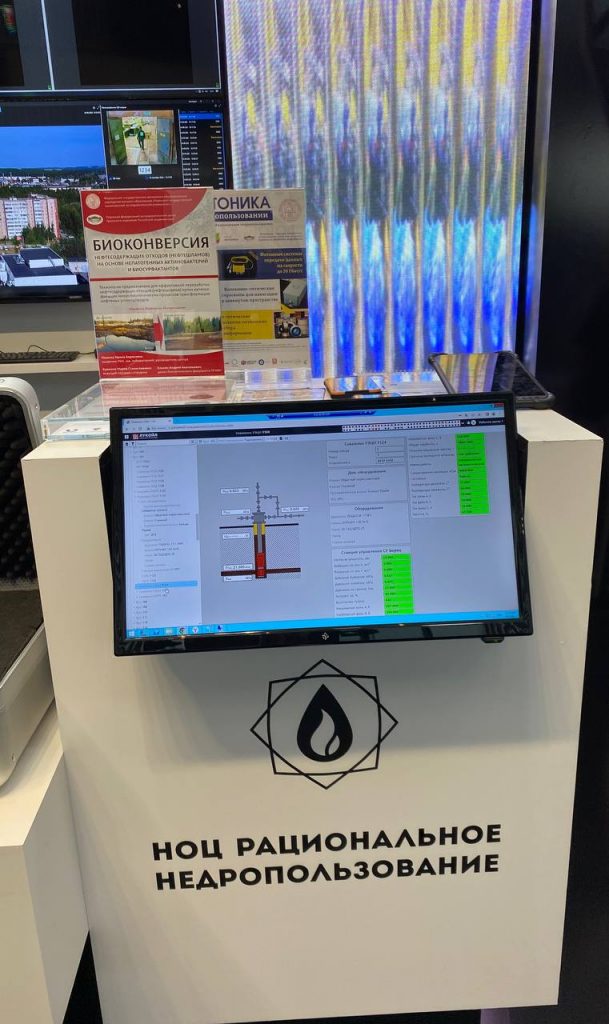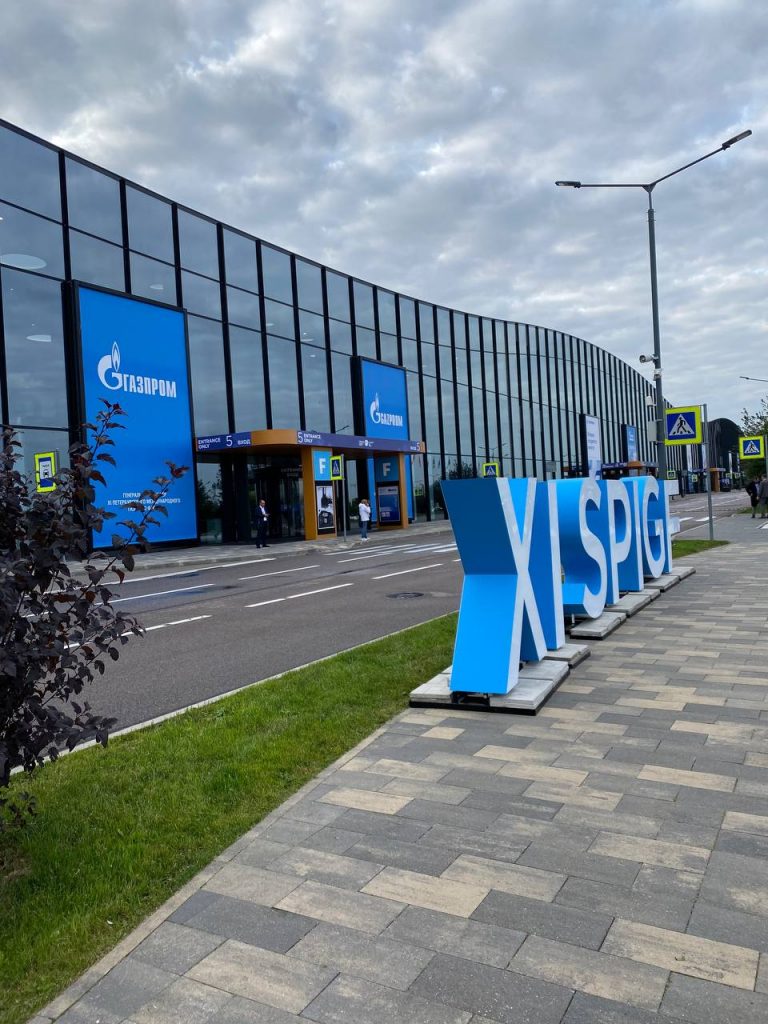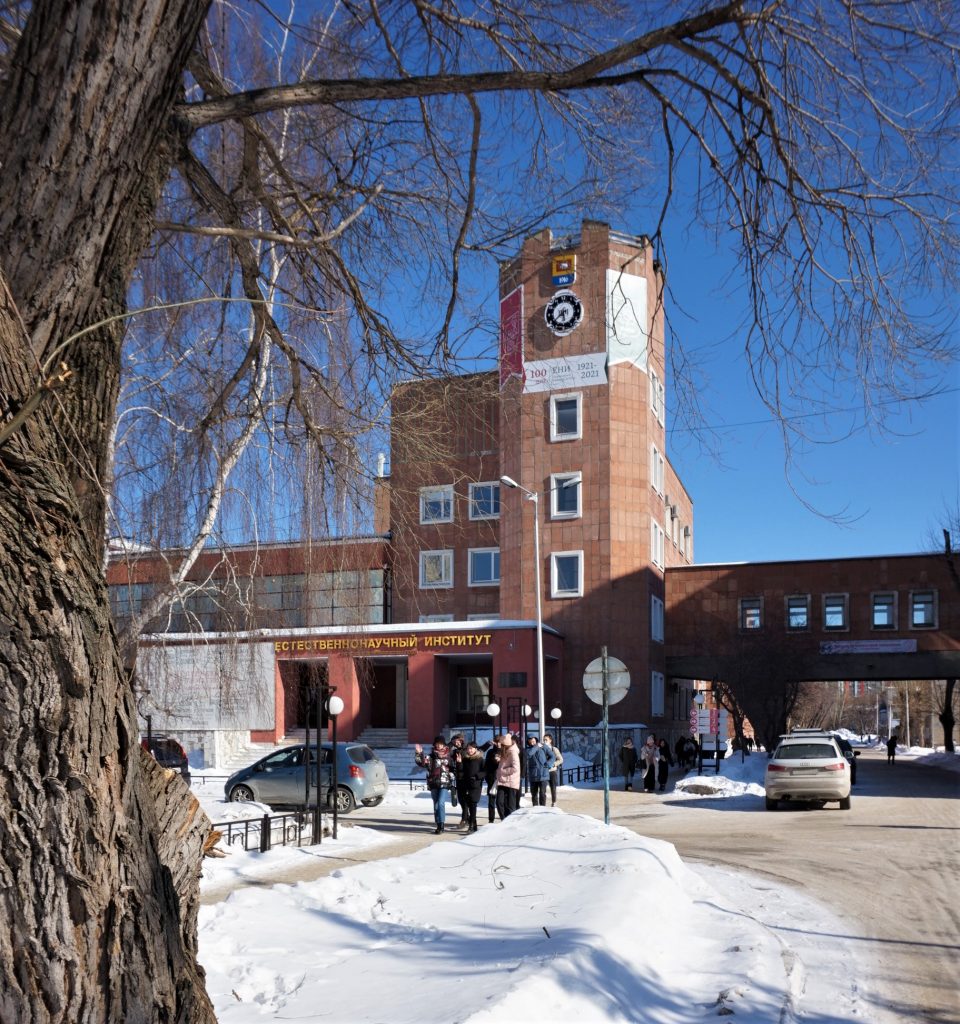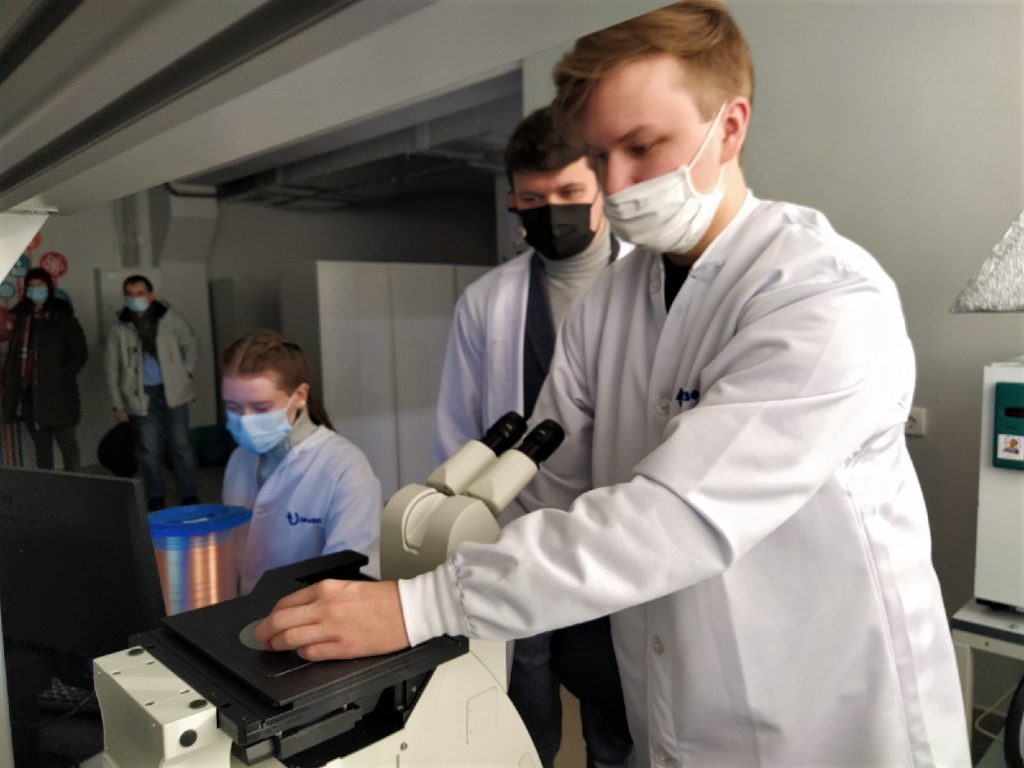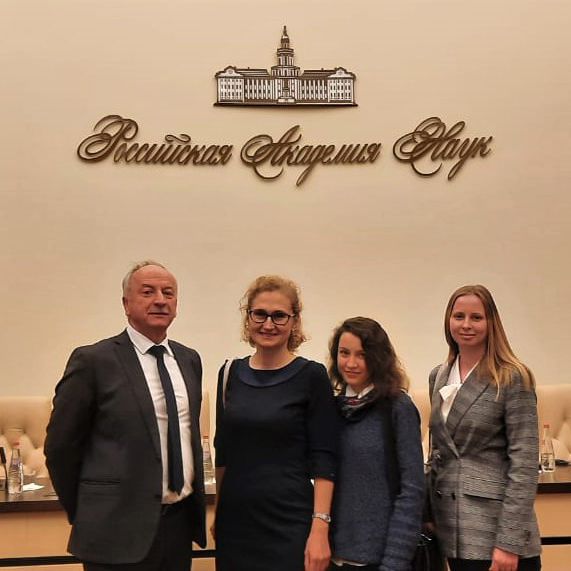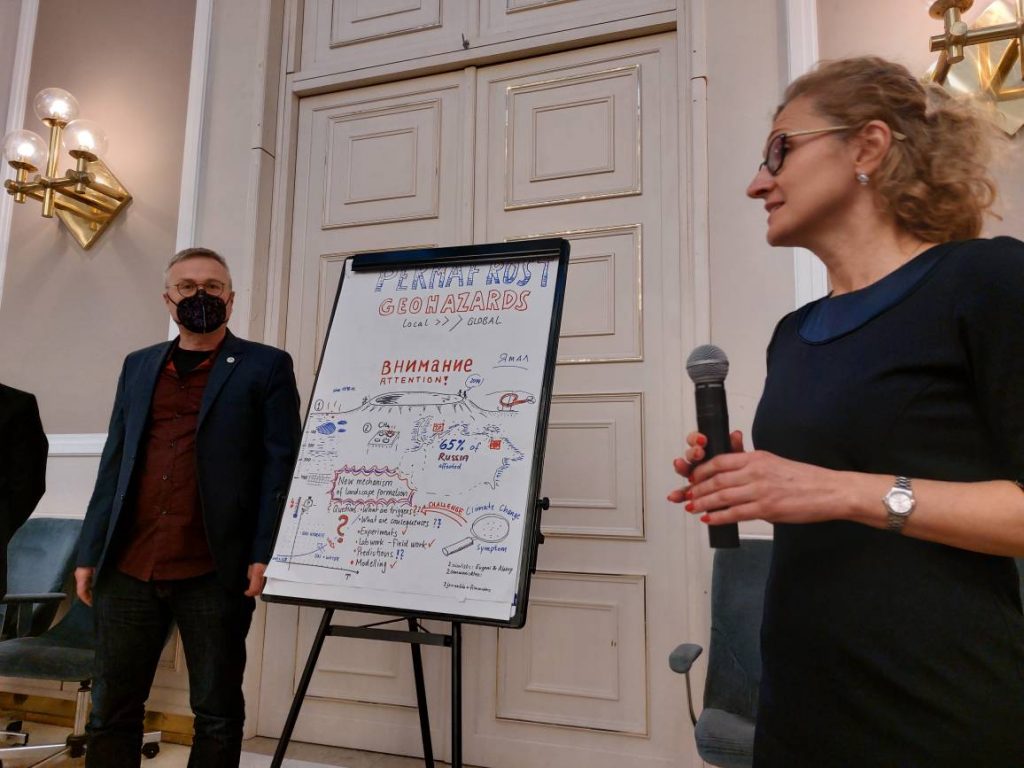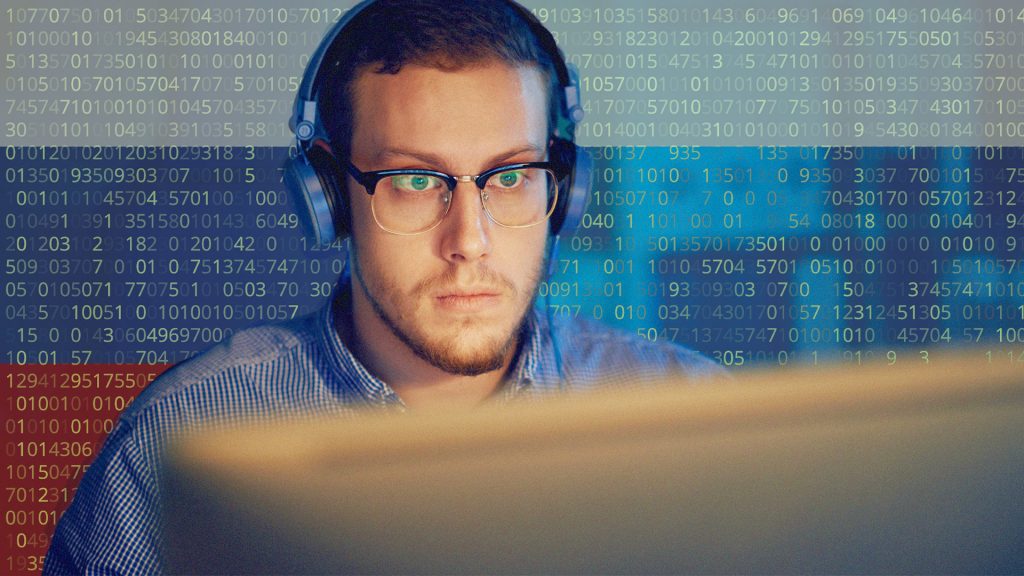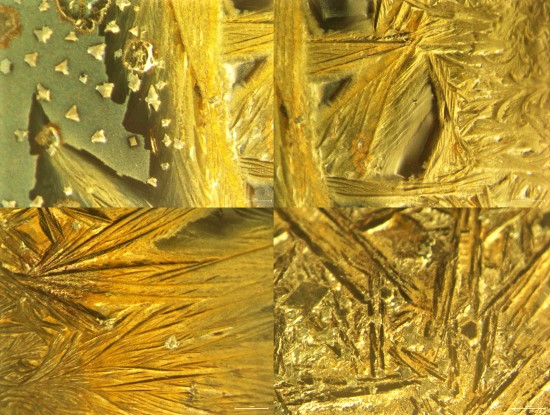Russian Science Foundation Announces Grants for 2023-2026
The Department of Scientific and Innovation Activity at Perm State University reminds about the start of applications for a grant competition “Research activity of global-scale scientific laboratories, acquiring the policy of scientific and technological development priorities of the Russian Federation” (Applications Due to 3 October, 2022).
Supported by the President of Russian Federation, the grants by the Russian Science Foundation, will be allocated to acclaimed scholars, including young ones, to support their fundamental research and research practices in 2023-2026, followed by the possible extension of the supported project for 3 years. The scientific study (project) should be aimed at solving specific problems within one of the priorities of scientific and technological development of the Russian Federation, as defined by the related strategy.
Invited for the competition are projects of scientific teams involved in global-scale scientific research, performed on the basis of existing laboratories (divisions) of Russian scientific organizations, Russian educational institutions of higher education or other organizations whose constituent documents provide the opportunity of carrying out scientific research on the territory of the Russian Federation by international (interstate or intergovernmental) scientific organizations, regardless of the position held by the head of the research team (hereinafter referred to as the project leader), his/her academic degree and citizenship, as well as organizational, legal and ownership status of the organization which shares the employment or civil law relations with the project leader or research team members.
The amount of the grant by the Russian Science Foundation is from RUB 20 million up to RUB 30 million in 2023; up to RUB 28 million in 2024; up to RUB 26 million in 2025; up to RUB 24 million in 2026.
To implement the project, legal entities interested in the results of the project may provide additional monetary funding.
Deadline for applications: 5pm (Moscow time), 3 October, 2022. Applications should be filled in electronically, using the Russian Science Foundation information and analytical system.
The results will be announced on 1 March, 2023.
Detailed information about the Competition and the requirements for the participants may be found at the following link and additionally at the Natural Science Institute at Perm State University (building 16, office 335).

